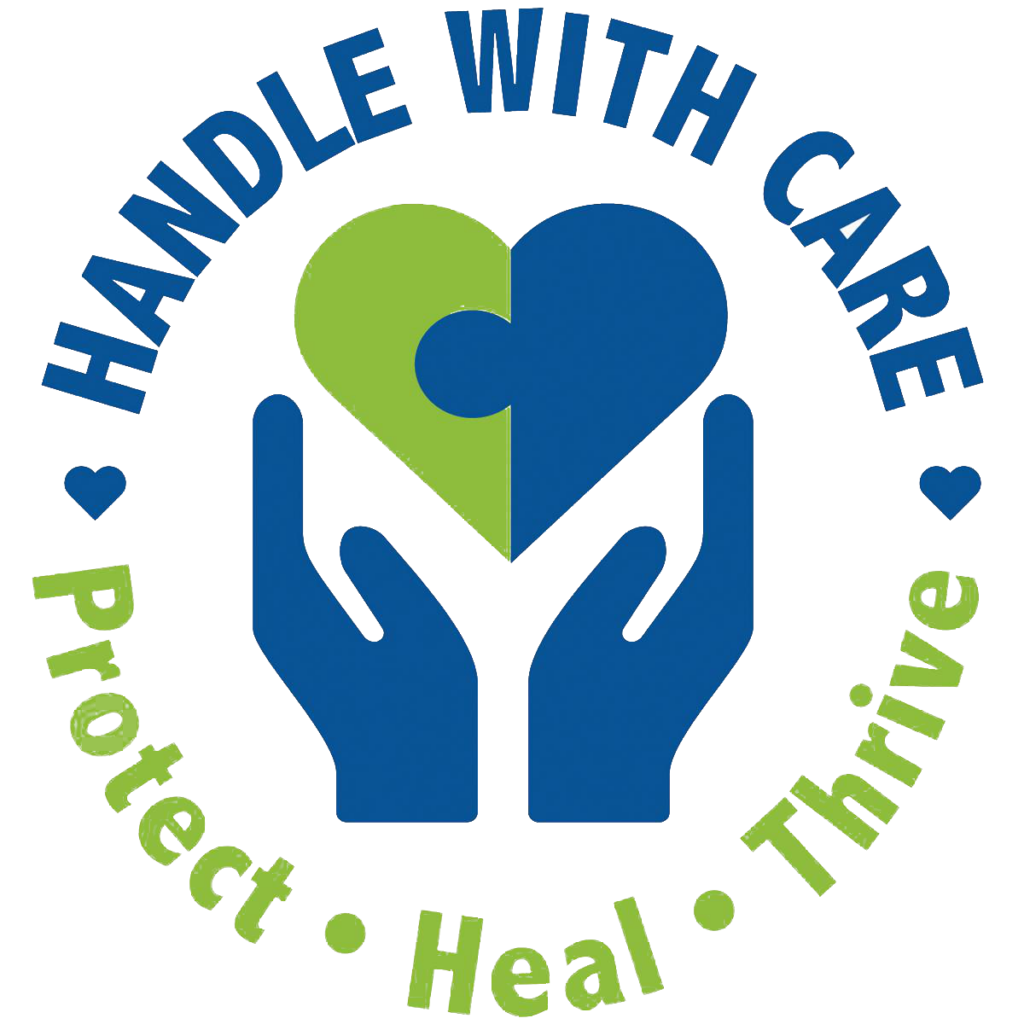Knowing how to identify harmful drugs and drug paraphernalia is an extremely important asset to everyday life. There are over 31 different types of drugs, not including the different strands that are created from them. The main categories of these drugs are narcotics (opioids), stimulants, depressants, hallucinogens, cannabis, steroids, inhalants, drugs of concern, and designer drugs. Educating yourself and those around you is vital to keeping communities safe. Being aware and cognizant of what is out there can help prevent misuse. For more information, please visit https://www.getsmartaboutdrugs.gov/drugs to learn more about how to protect our youth or click on one of the links below for more information on a specific substance.
A comprehensive and up-to-date source of substance-specific information.
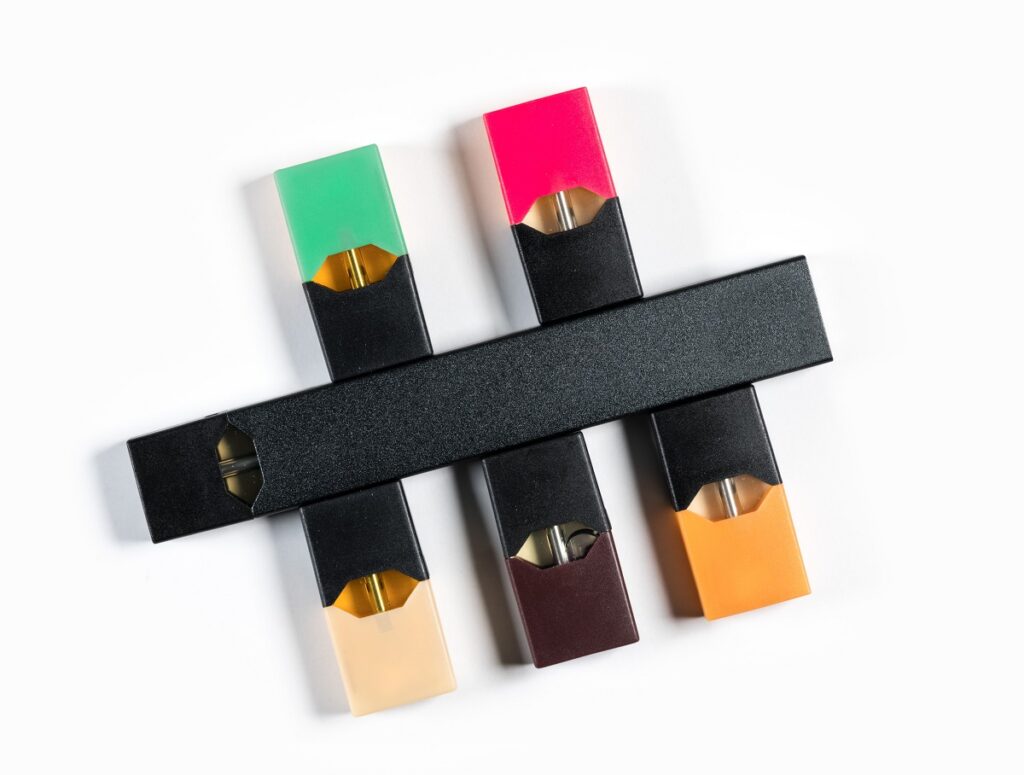
Vaping & e-Cigarettes
It’s one of the fastest-growing trends among today’s teens, but vaping is far from safe. Parents: learn more to keep your family informed and healthy.
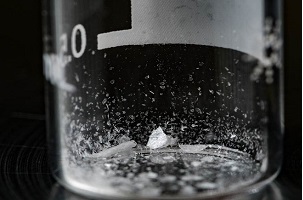
Fentanyl & Other Synthetic Opioids
Fentanyl and similar compounds like carfentanil are powerful synthetic opioids 50 to 100 times more potent than morphine.
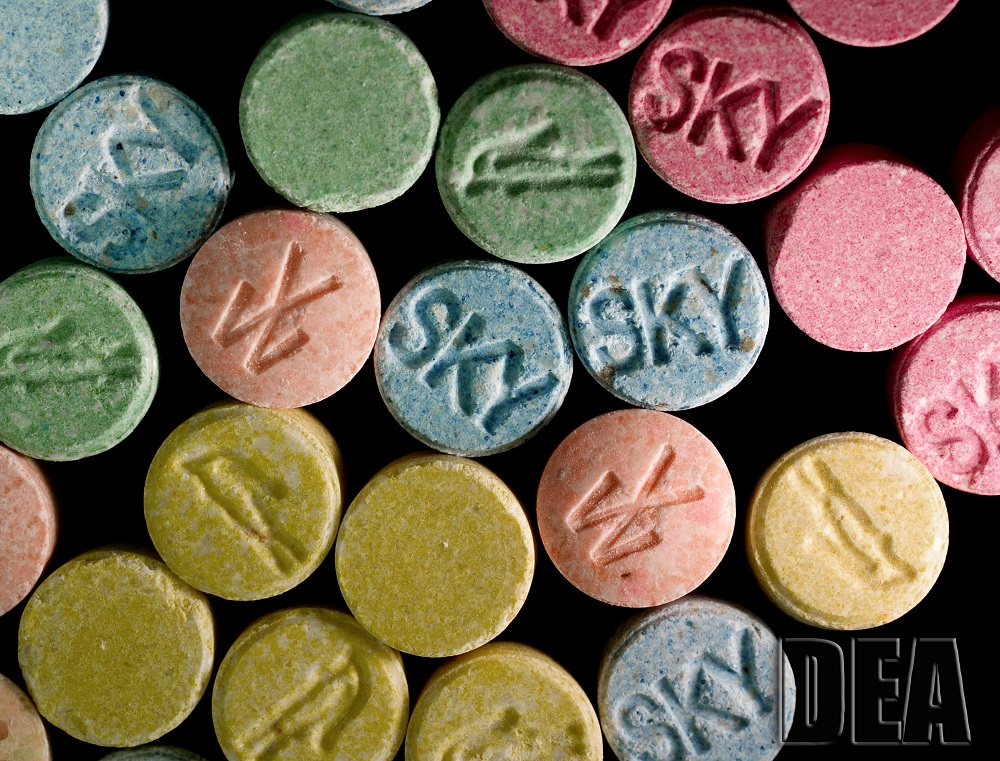
Ecstasy (MDMA)
MDMA or Ecstasy (3-4-methylenedioxymethampheta-mine), is a synthetic, psychoactive drug with amphetamine-like and hallucinogenic properties.
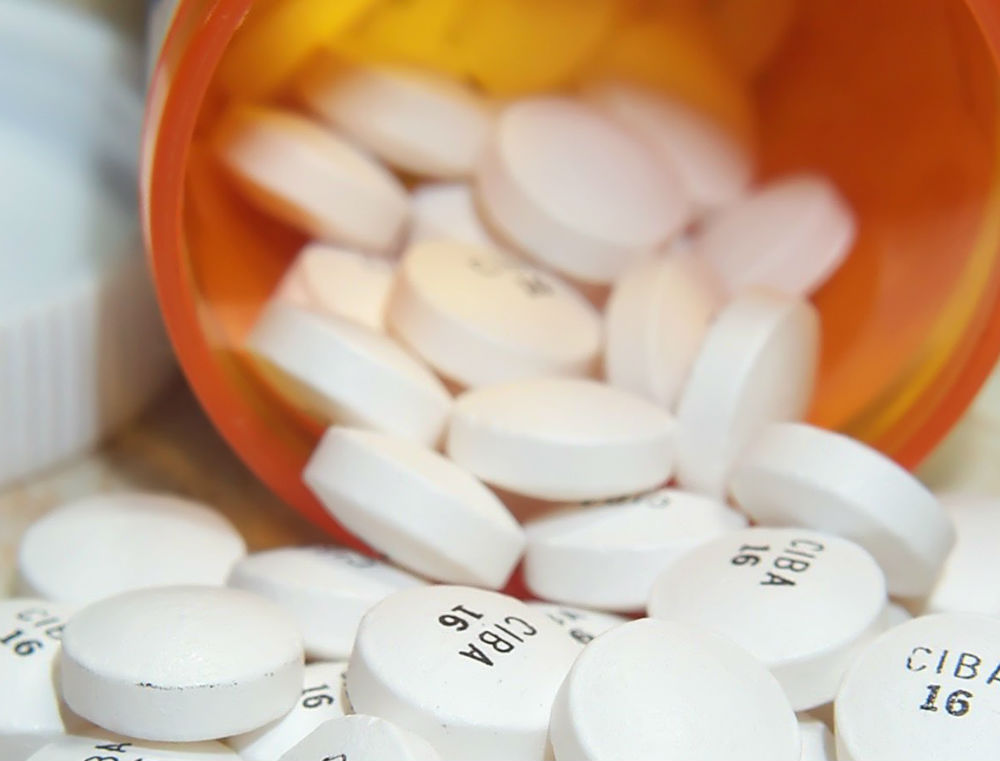
Prescription Stimulants
Speed, Uppers, Addies — Stimulants were used historically to treat a variety of ailments, before their potential for abuse and addiction became apparent.
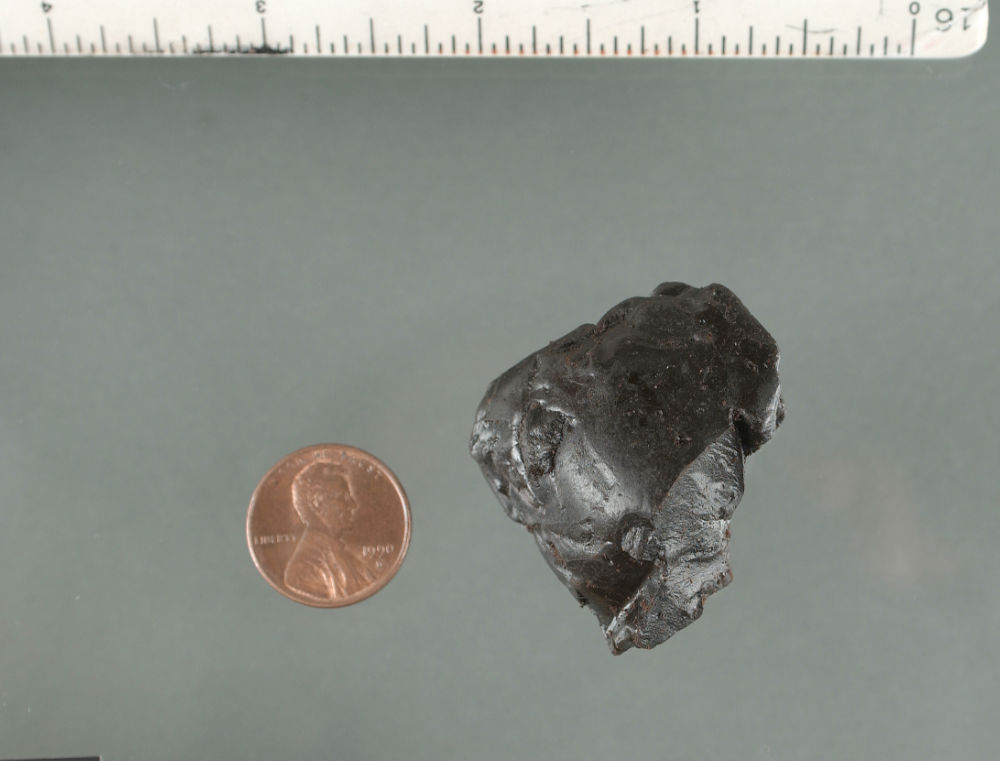
Opium
Opium is a narcotic made from the white liquid in the poppy plant. It shares many of the same characteristics and risks as other opioids like heroin.
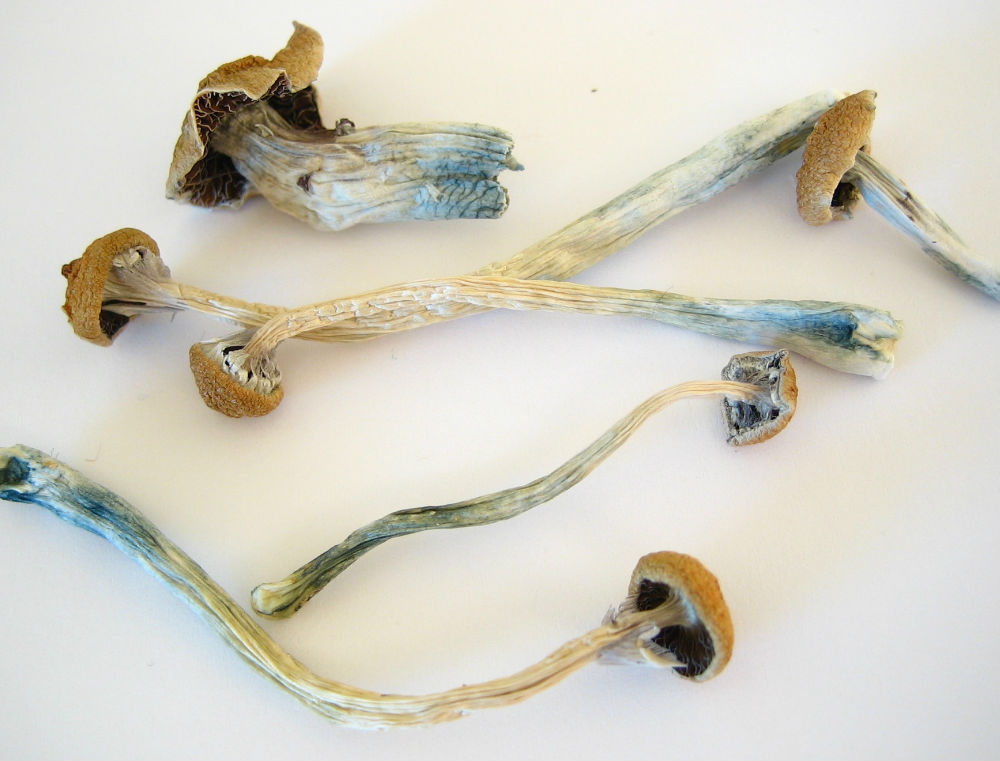
Hallucinogenic Mushrooms
Caps, Magic Mushrooms, Shrooms — Psilocybin and psilocyn are the hallucinogenic compounds contained in certain mushrooms.
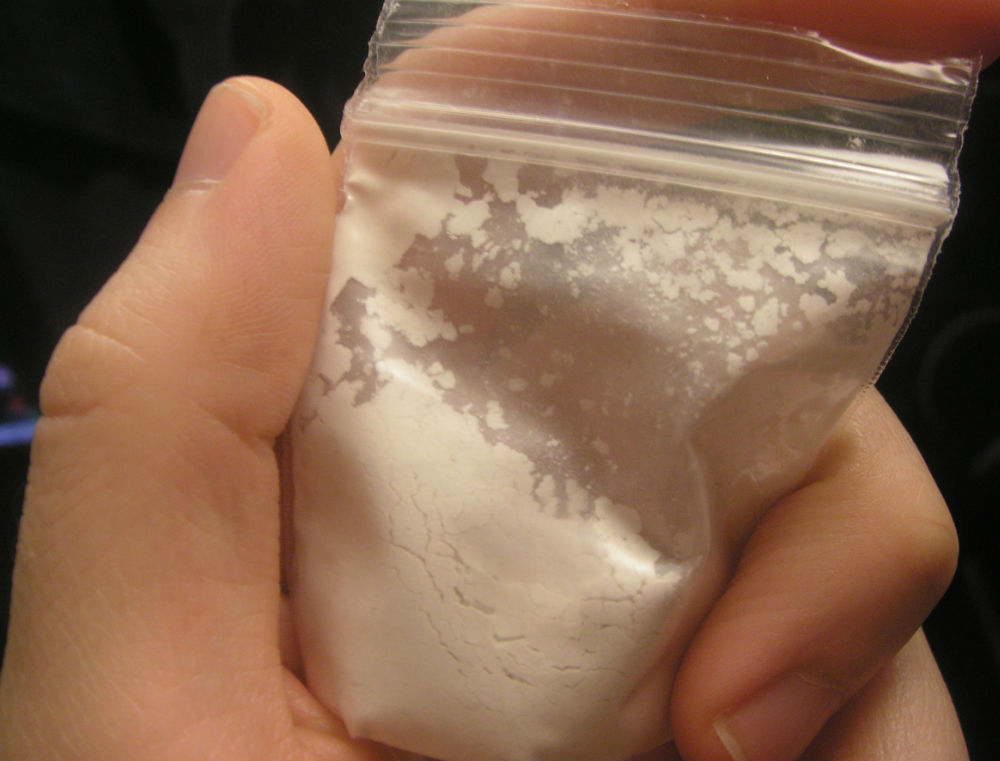
Methcathinone
Methcathinone is a stimulant that is a structural analogue of methamphetamine. It is illegally manufactured from readily available chemicals.
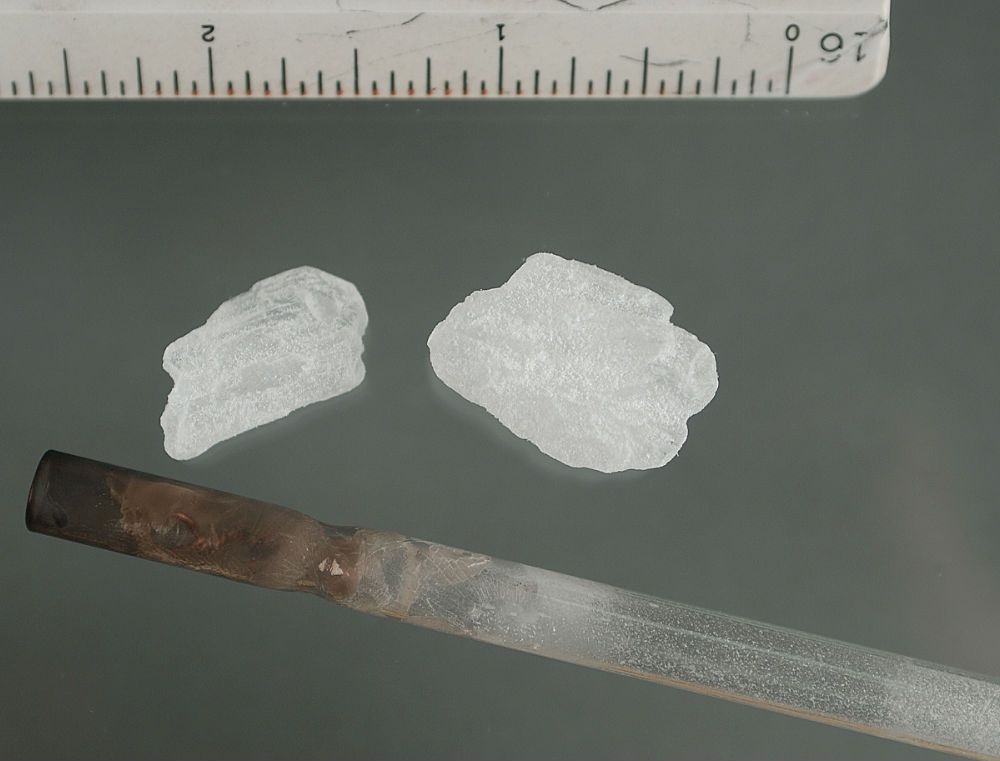
Methamphetamine (Meth)
In its illicit form, meth is a crystal-like powdered substance that sometimes comes in large rock-like chunks — inspiring many of its slang terms.
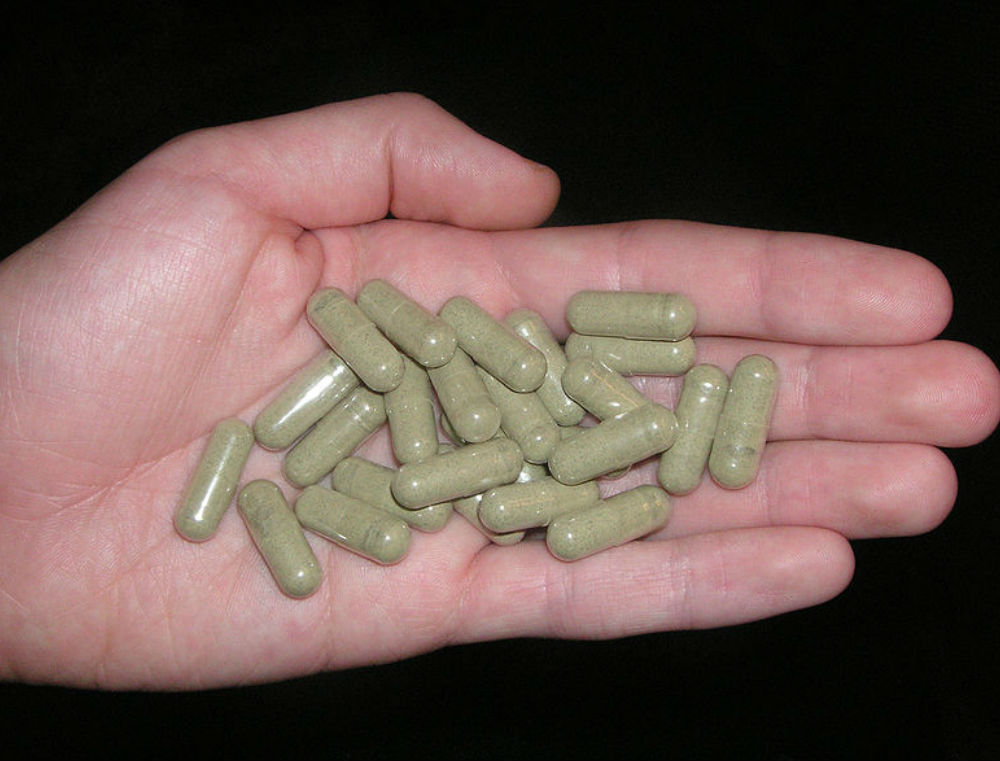
Kratom
Kratom is a tropical tree native to Southeast Asia, with leaves that contain psychoactive (mind-altering) opioid compounds.
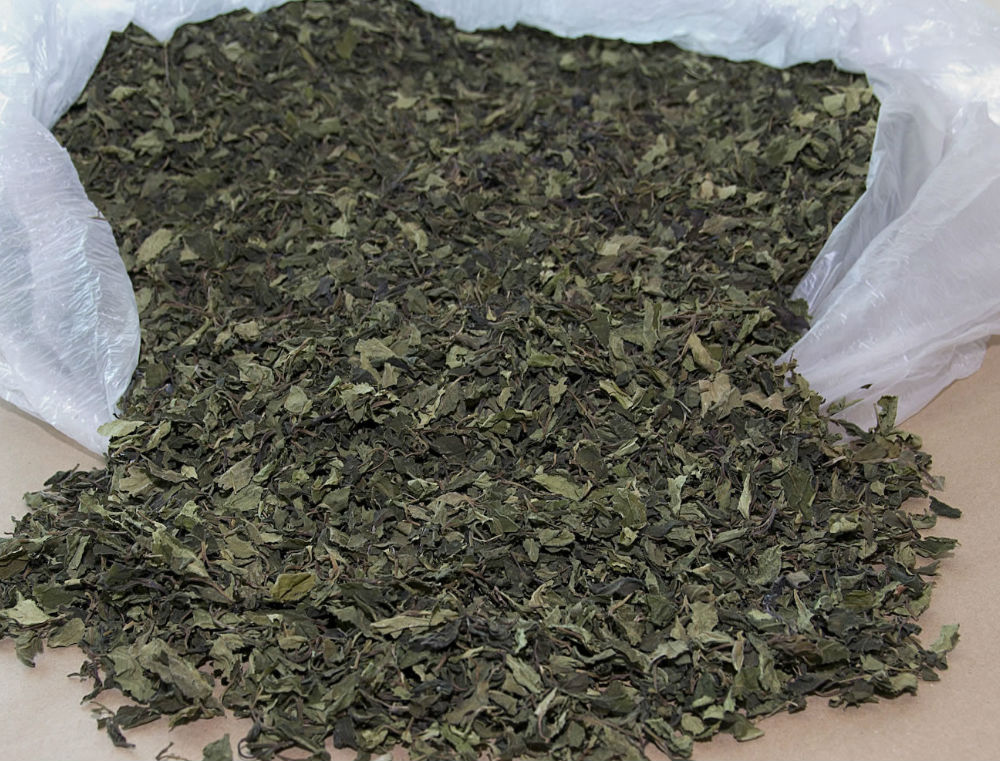
Khat
Khat is a stimulant made up of fresh leaves of the Catha edulis shrub found in East Africa and southern Arabia. It contains a variety of chemicals.
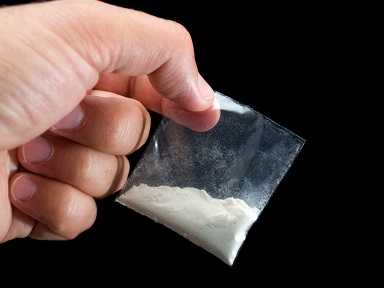
Heroin
Heroin is a highly addictive drug derived from morphine, which is obtained from opium poppy plants — otherwise known as an opioid.
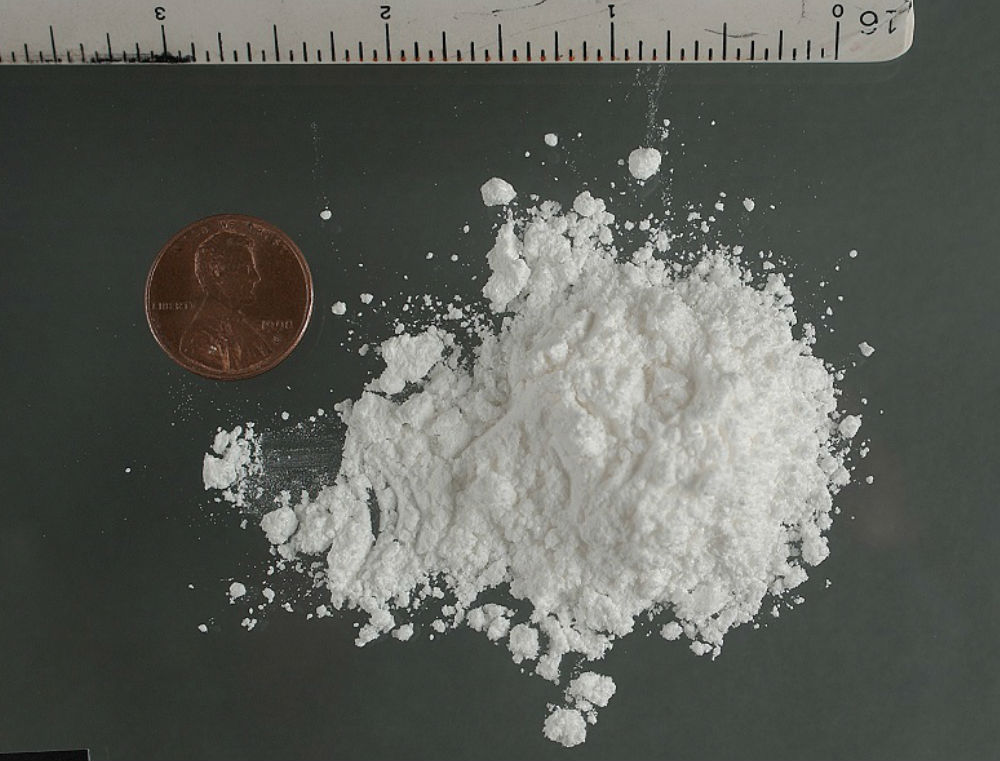
Cocaine
Cocaine is a drug extracted from the leaves of the coca plant. It is a potent brain stimulant and one of the most powerfully addictive drugs.
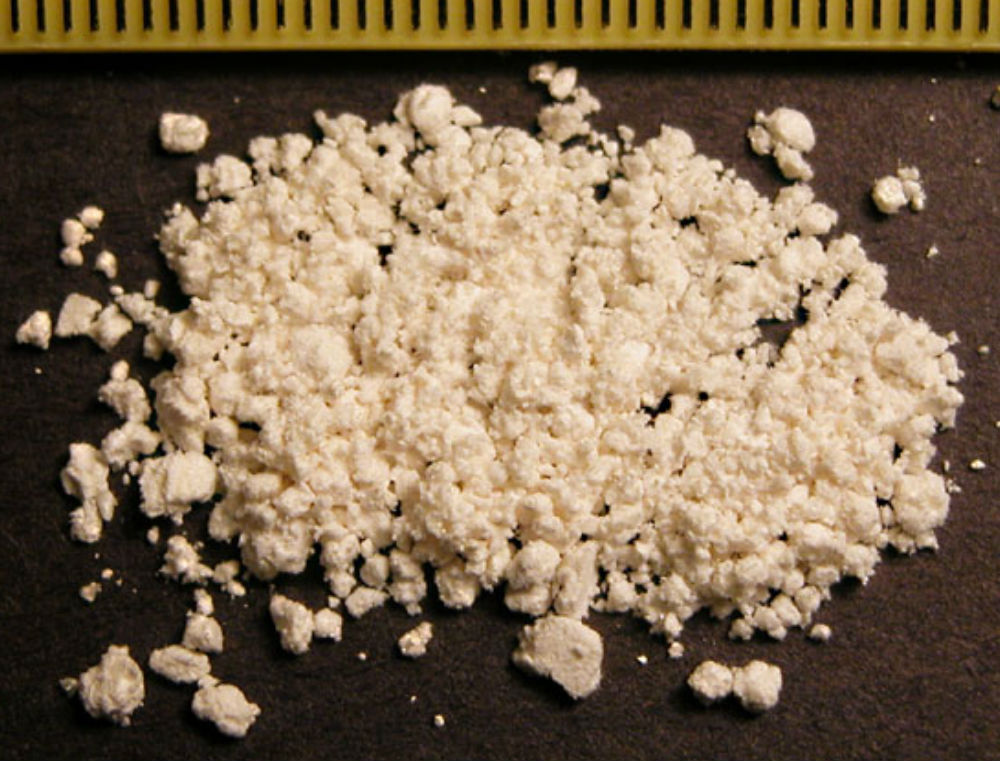
2C-B / 2C-T-7
These “club drugs” are psychoactive or hallucinogenic compounds similar to mescaline.
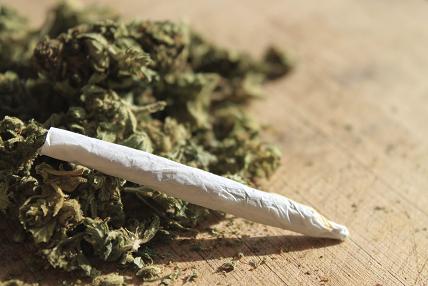
Marijuana
Marijuana, the most often used illegal drug in this country, is a product of the cannabis plant. The main active chemical in marijuana is THC.
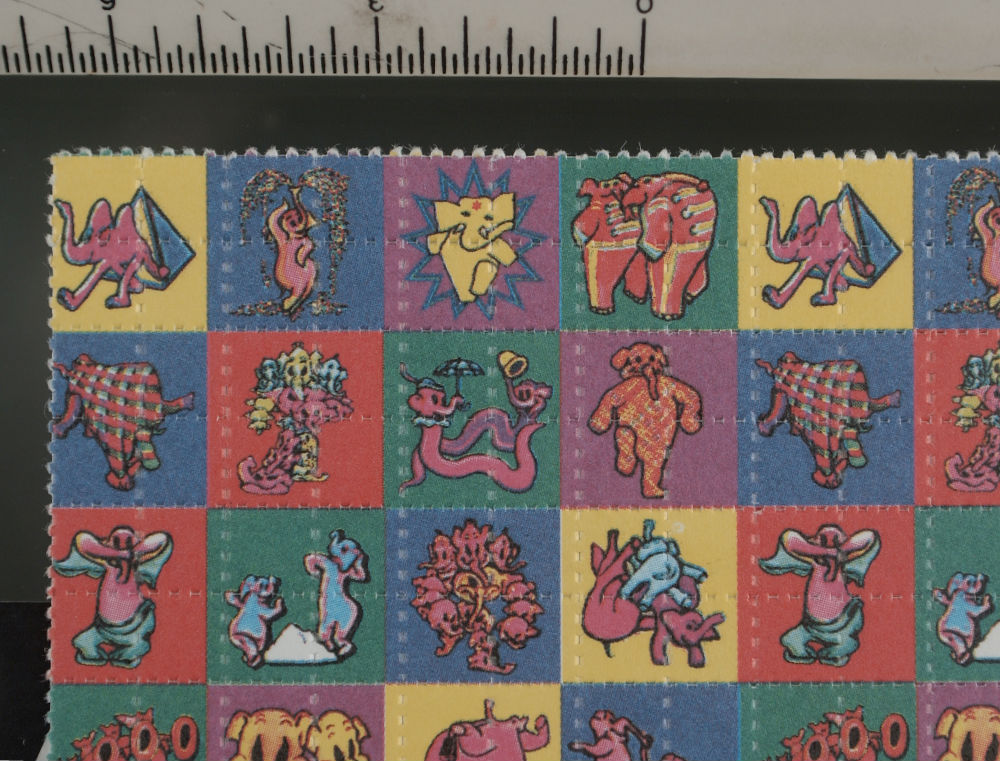
LSD
LSD (D-lysergic acid diethylamide) is the most common hallucinogen, a group of drugs that alter awareness of perception, thoughts and feelings.
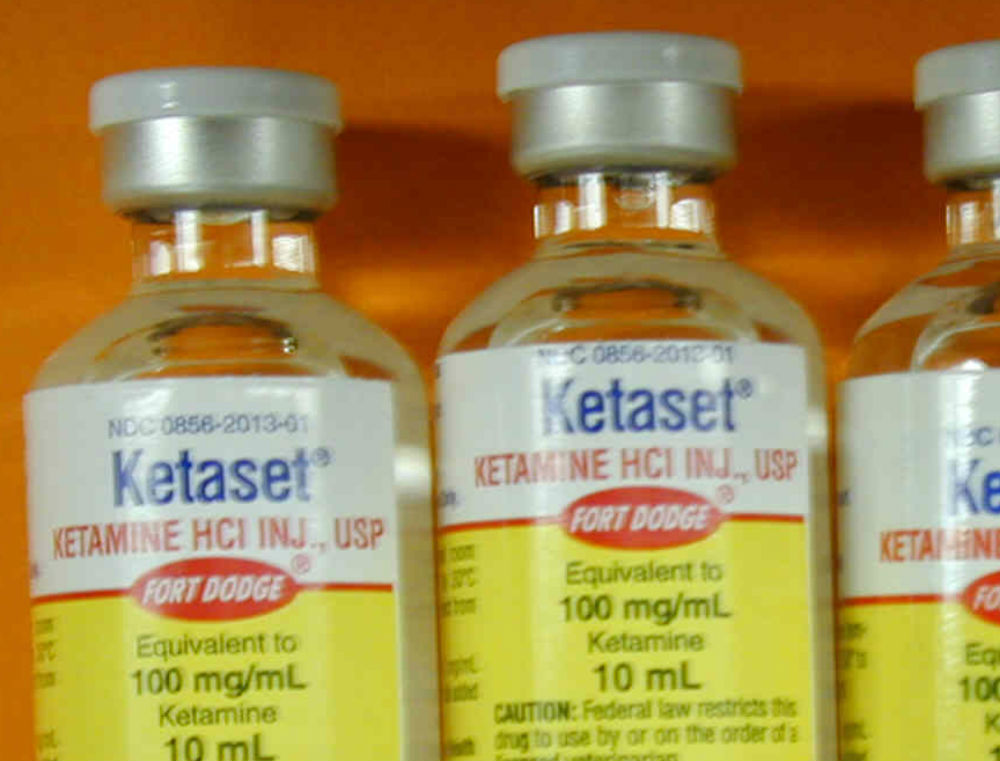
Ketamine
Ketamine is a dissociative anesthetic (causes a person to feel detached from reality) used in human anesthesia and veterinary medicine.
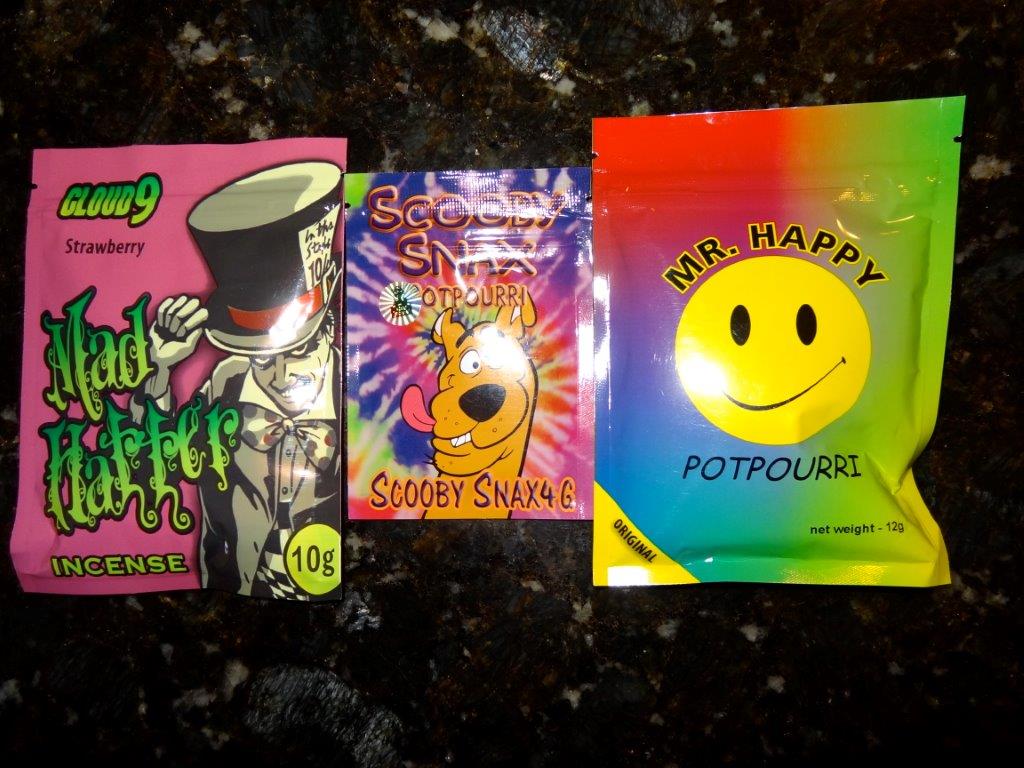
K2 or Spice (synthetic marijuana)
K2 is a mixture of herbs, spices or shredded plant material that is sprayed with synthetic cannabinoids chemically similar to THC.
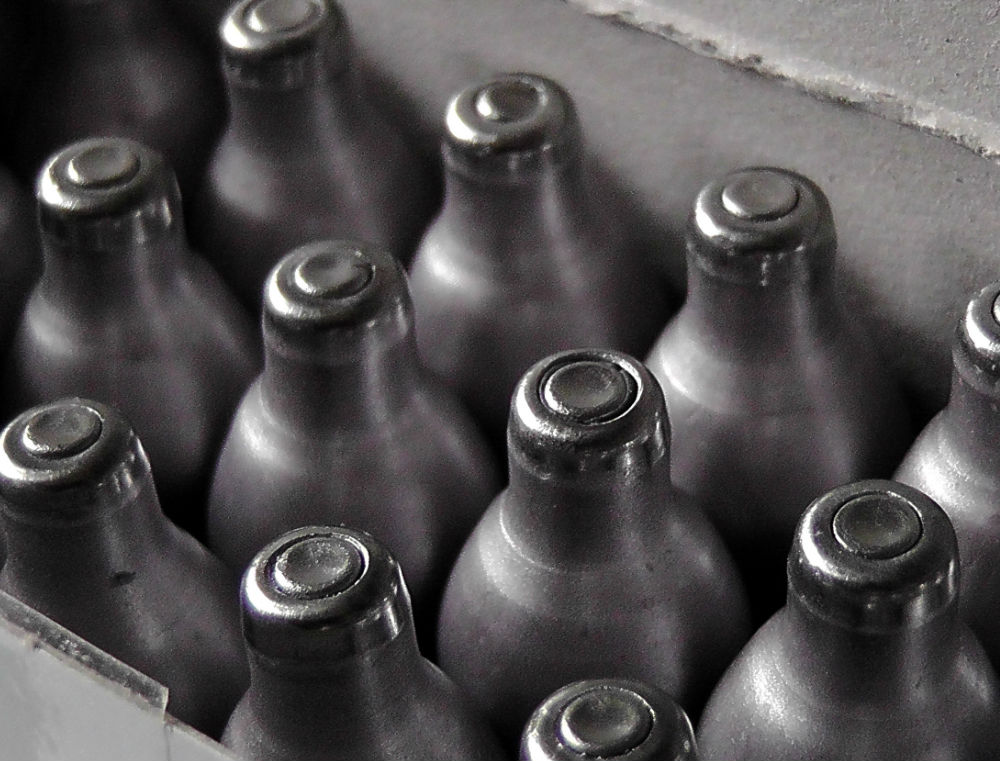
Inhalants
Inhalants are ordinary household products that are inhaled or sniffed to get high. Hundreds of products can be misused as inhalants.
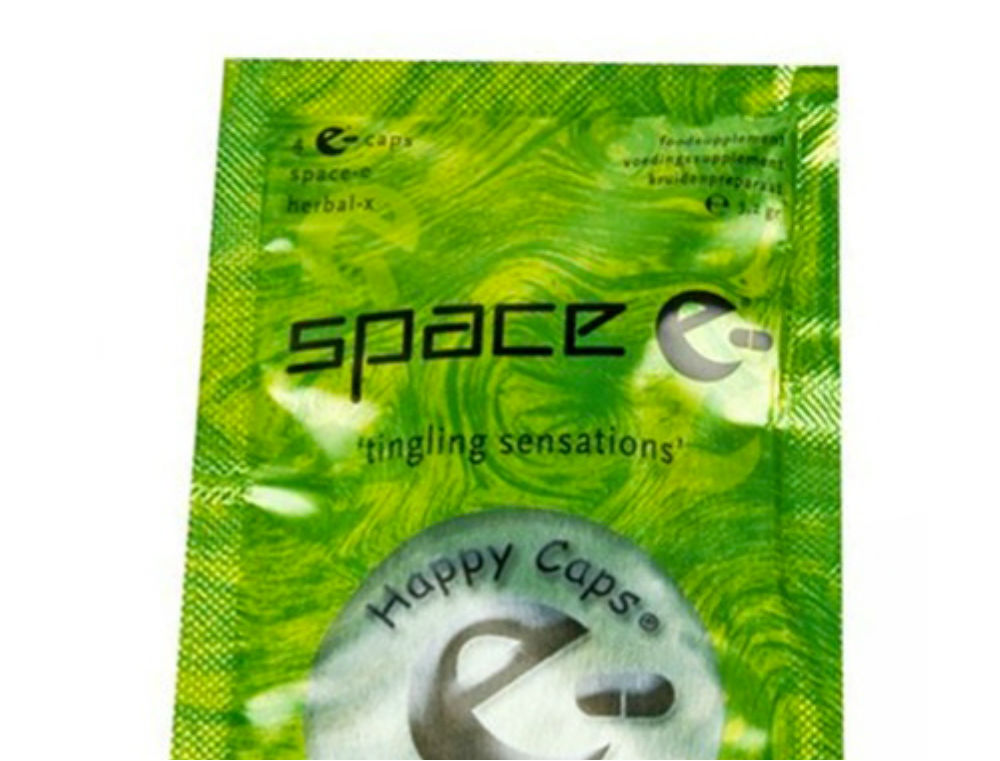
Herbal Ecstasy
Herbal Ecstasy is a term used to describe a combination of herbs that are legal, inexpensive, and marketed as a “natural high.”
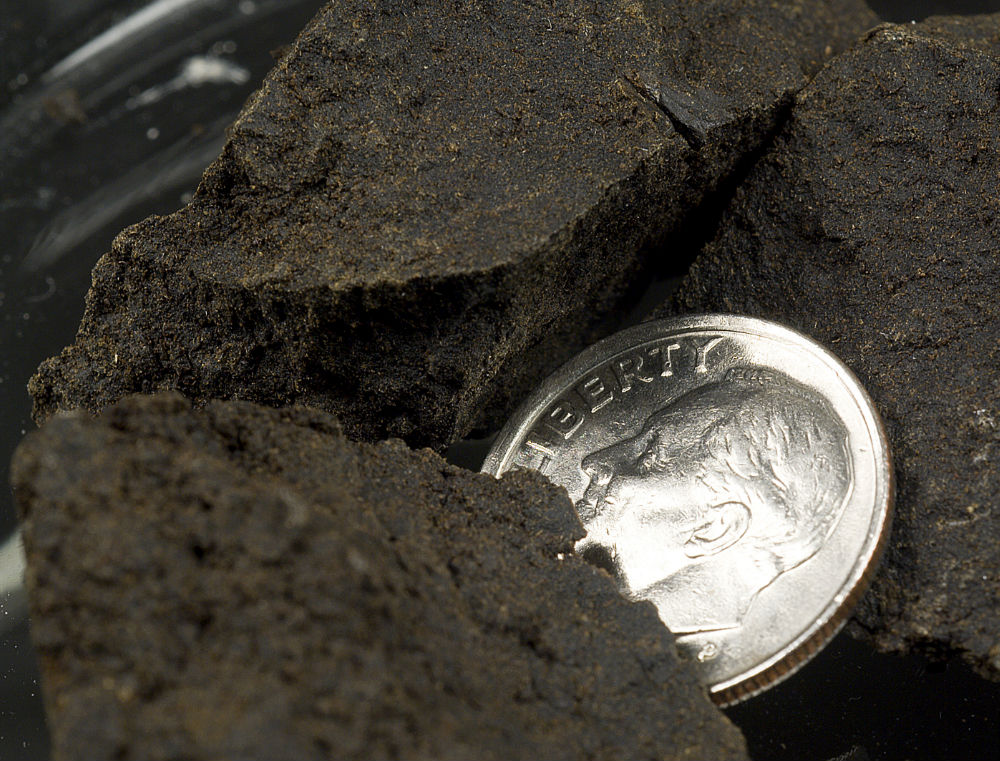
Hashish
Hashish is made from the resin (a secreted gum) of the cannabis plant. It is rich in THC, the main mind-altering substance found in the cannabis plant.
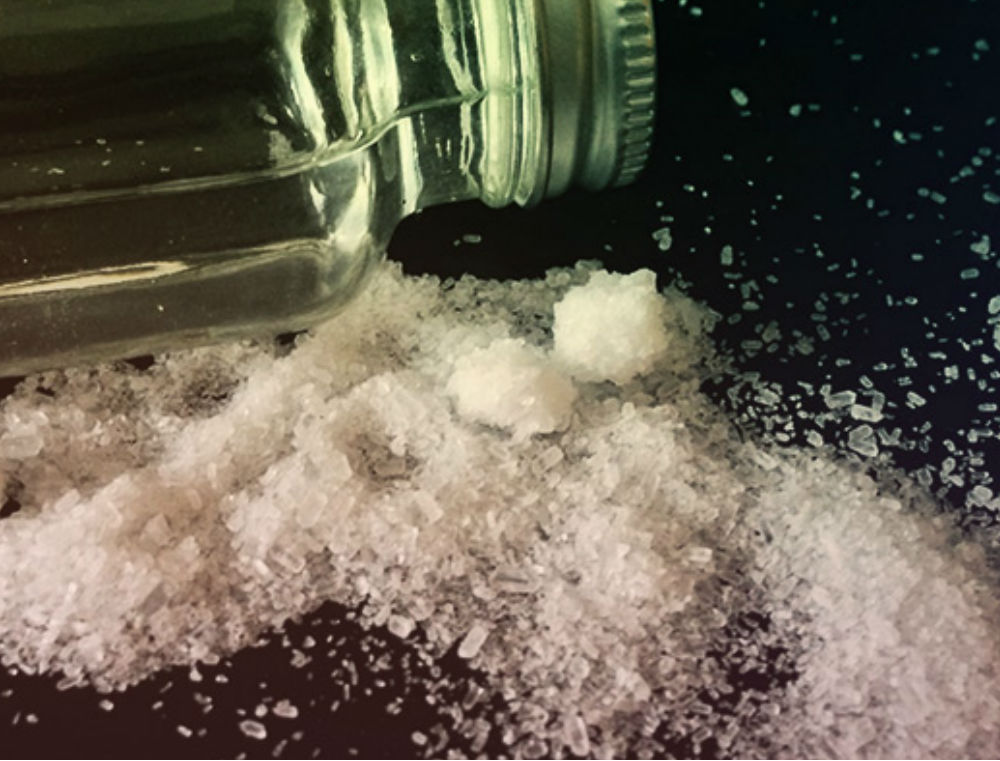
GHB
GHB (Gamma hydroxybutyrate) is predominantly a central nervous system depressant often manufactured recipes and kits found and purchased on the Internet.
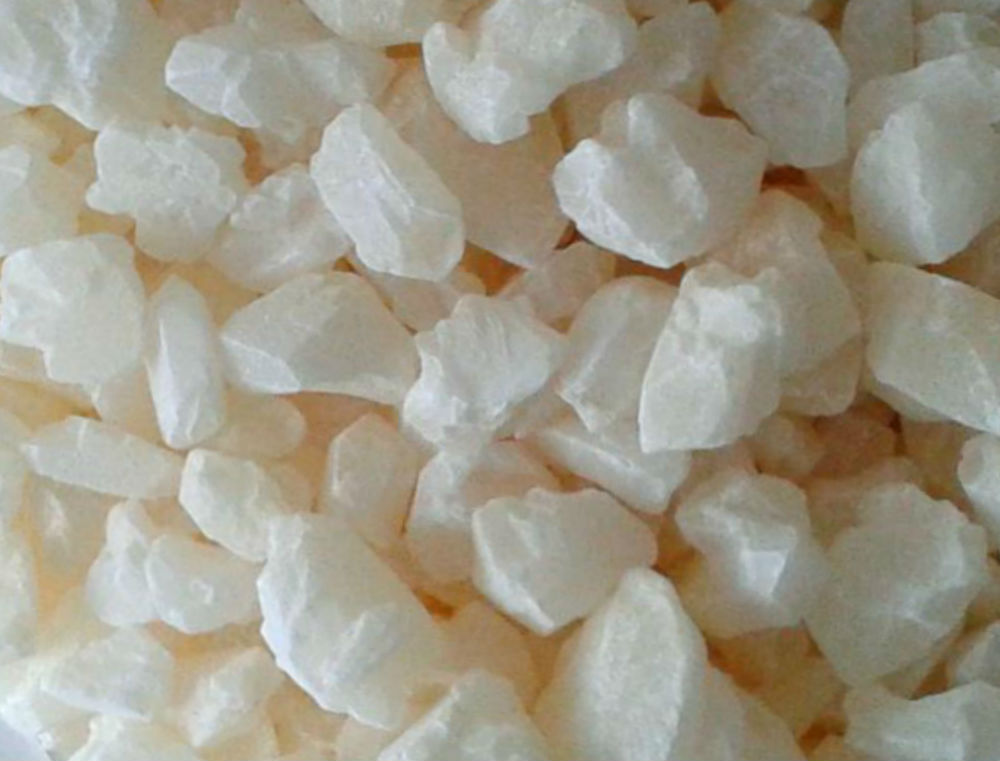
Flakka (Alpha-PVP)
Flakka is the street name for a synthetic cathinone that is chemically similar to other synthetic drugs known as “Bath Salts.”
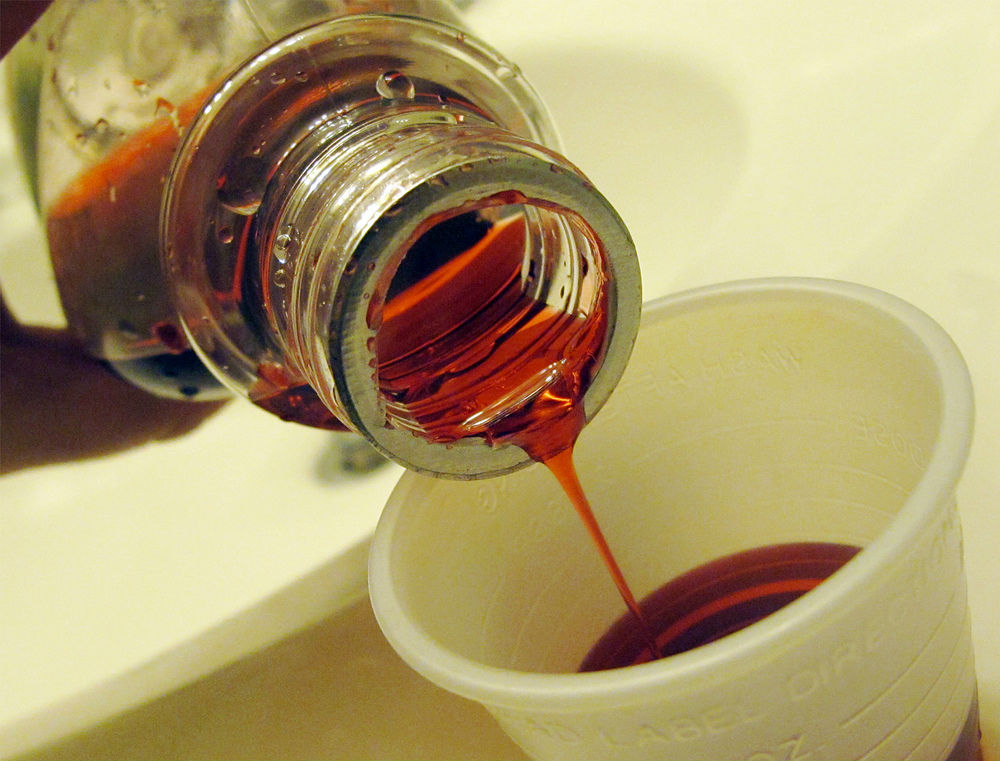
Dextromethorphan (DXM)
Dextromethorphan (DXM) is a cough-suppressing ingredient found in a variety of over-the-counter cold and cough medications which are susceptible to misuse.
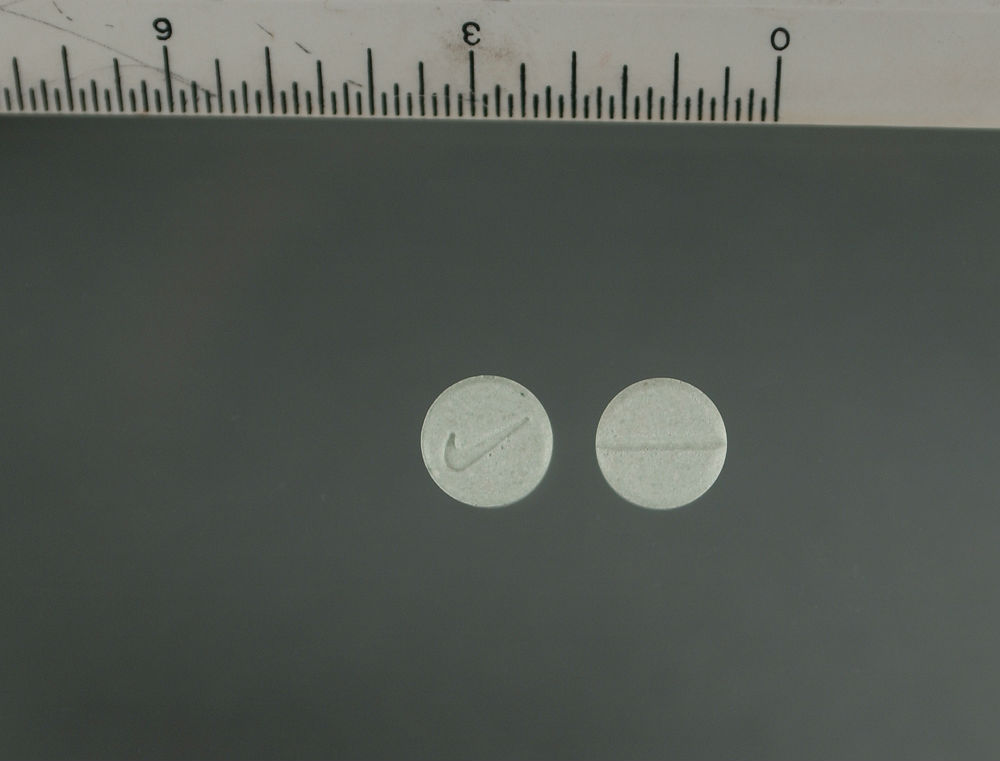
DOM / DOB / MDA
These so-called “designer drugs” are stimulants similar to MDMA or Ecstasy. They are produced illegally and the dosage and quality varies considerably.
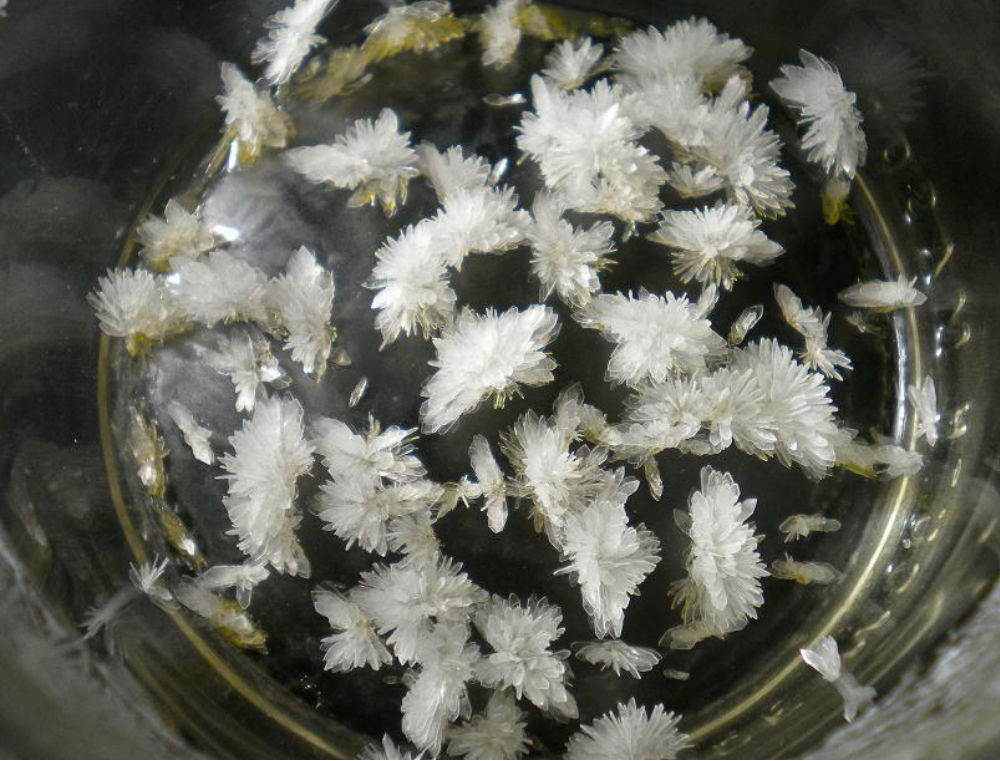
DMT
Dimethyltryptamine (DMT) is a hallucinogenic tryptamine. It is found in a variety of plants and seeds, and can also be produced synthetically.
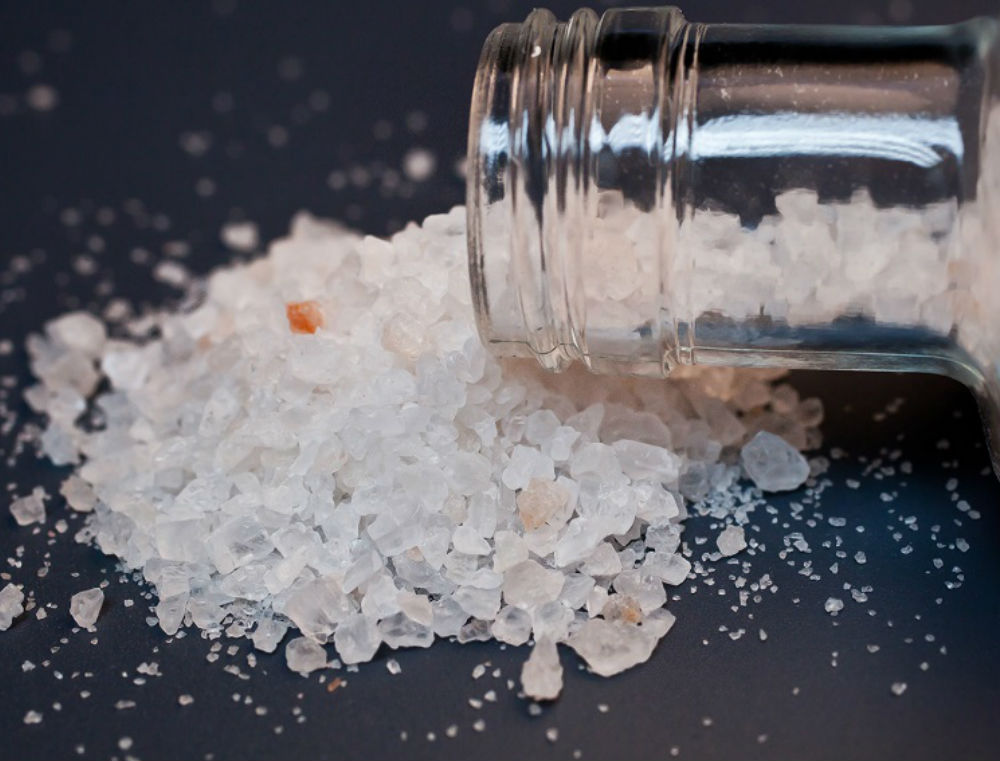
Bath Salts
Bath Salts are substituted cathinones, which are synthetic, concentrated versions of the stimulant chemical in Khat.
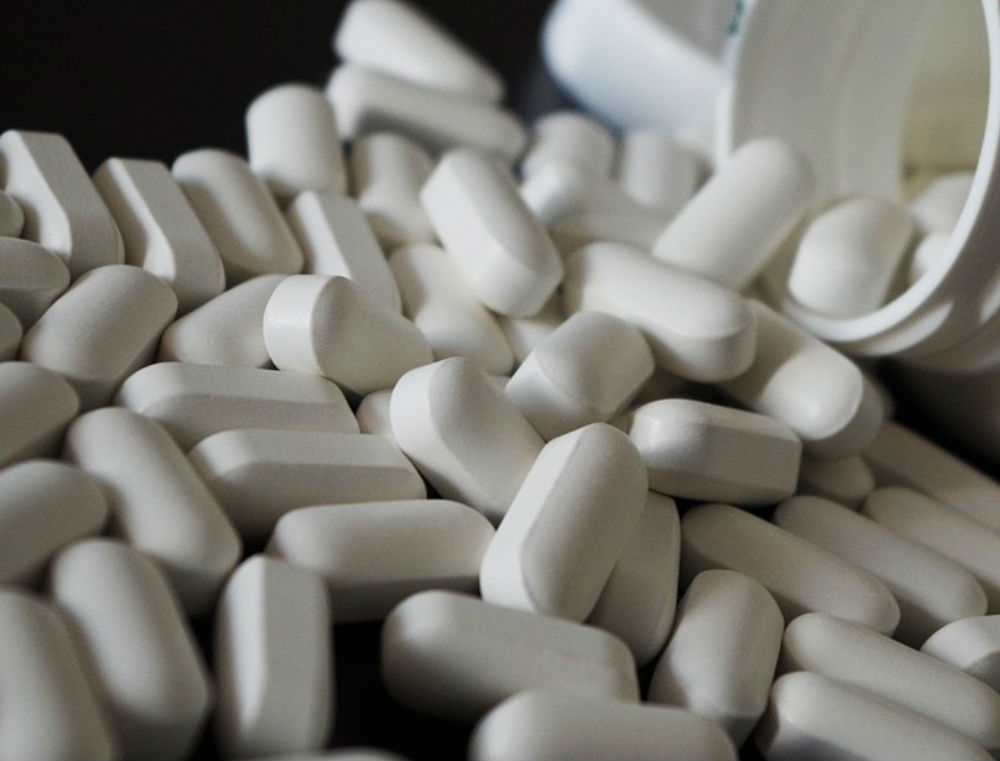
Prescription Anorectics (“Diet Pills”)
These drugs are often referred to as diet pills, and have been developed and marketed to replace amphetamines as appetite suppressants.
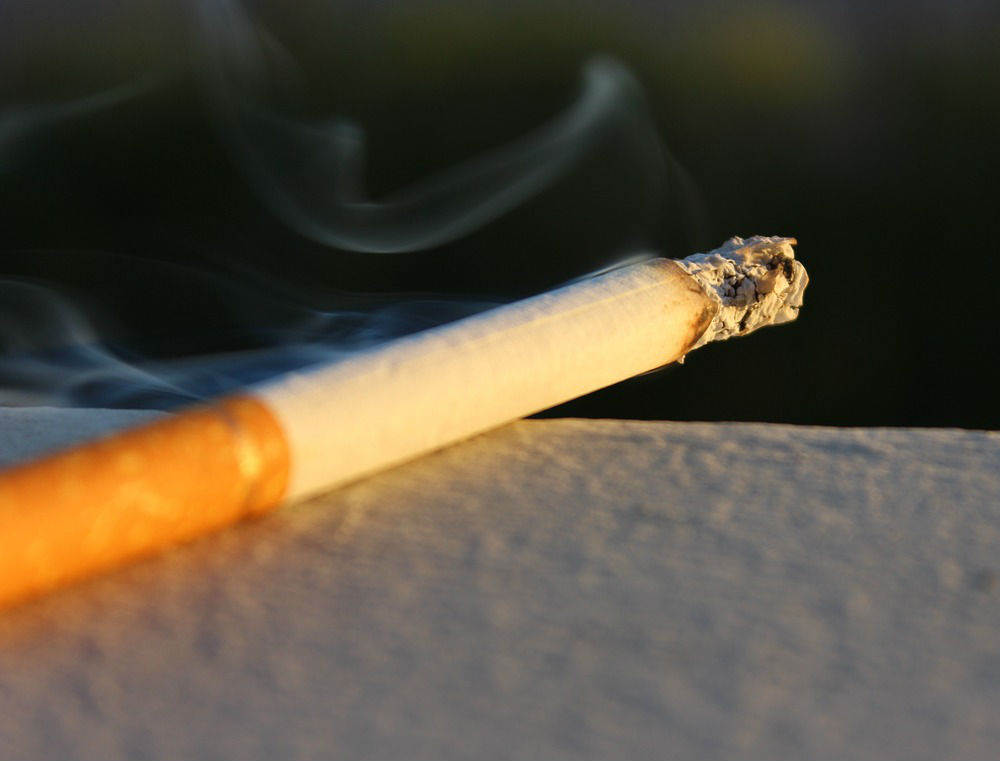
Tobacco & Nicotine
More than 40 chemicals in tobacco smoke are known to cause cancer in humans and animals, and the harmful effects of smoking do not end with the smoker.
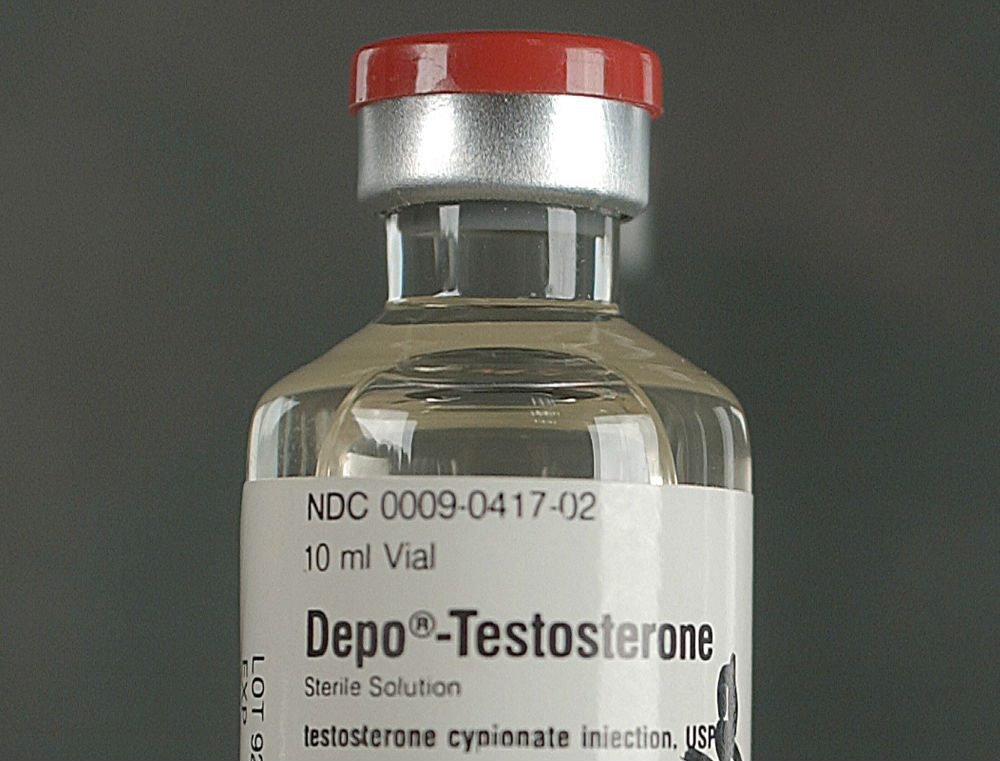
Steroids
Anabolic androgenic steroids are a group of powerful compounds closely related to the male sex hormone testosterone.
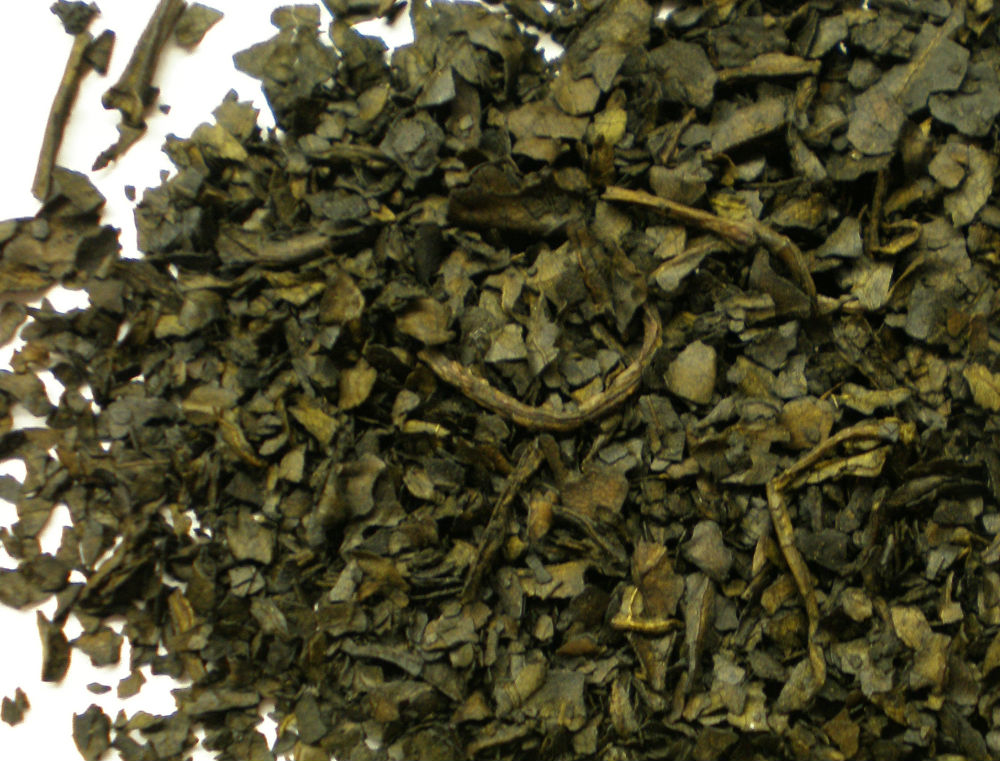
Salvia
Salvia (aka salvia divinorum) is a psychoactive mint, used in traditional spiritual practices by the Mazatec people of Mexico.
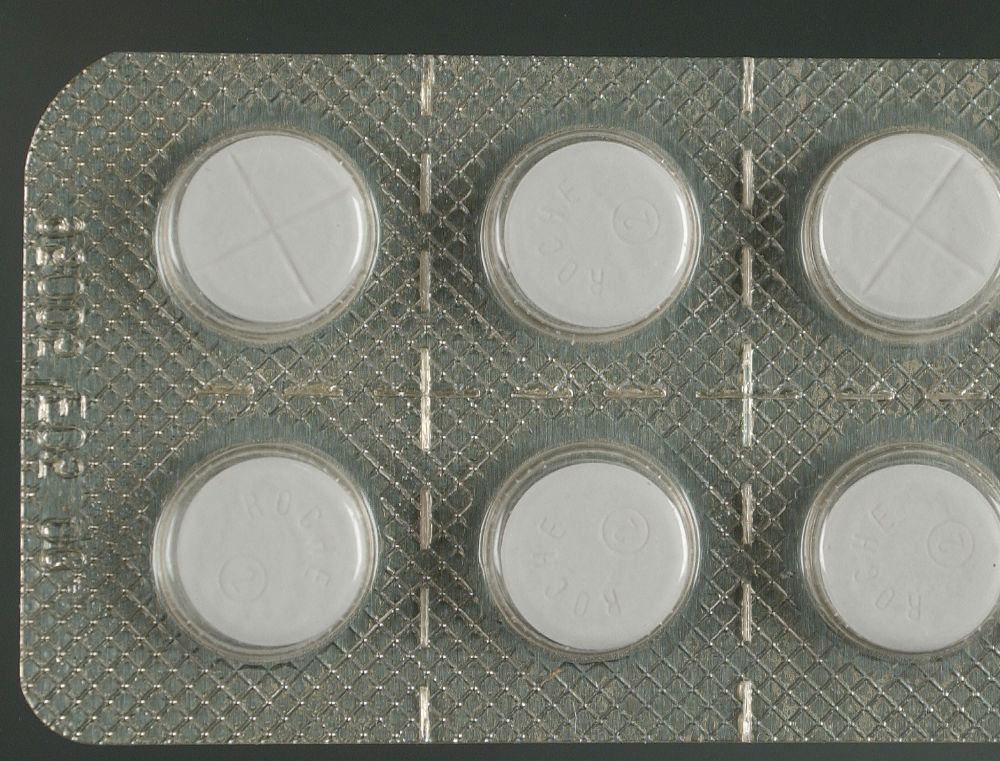
Rohypnol
Rohypnol (aka “Ruffie”) is the brand name for a drug called flunitrazepam, which is a powerful sedative that depresses the central nervous system.
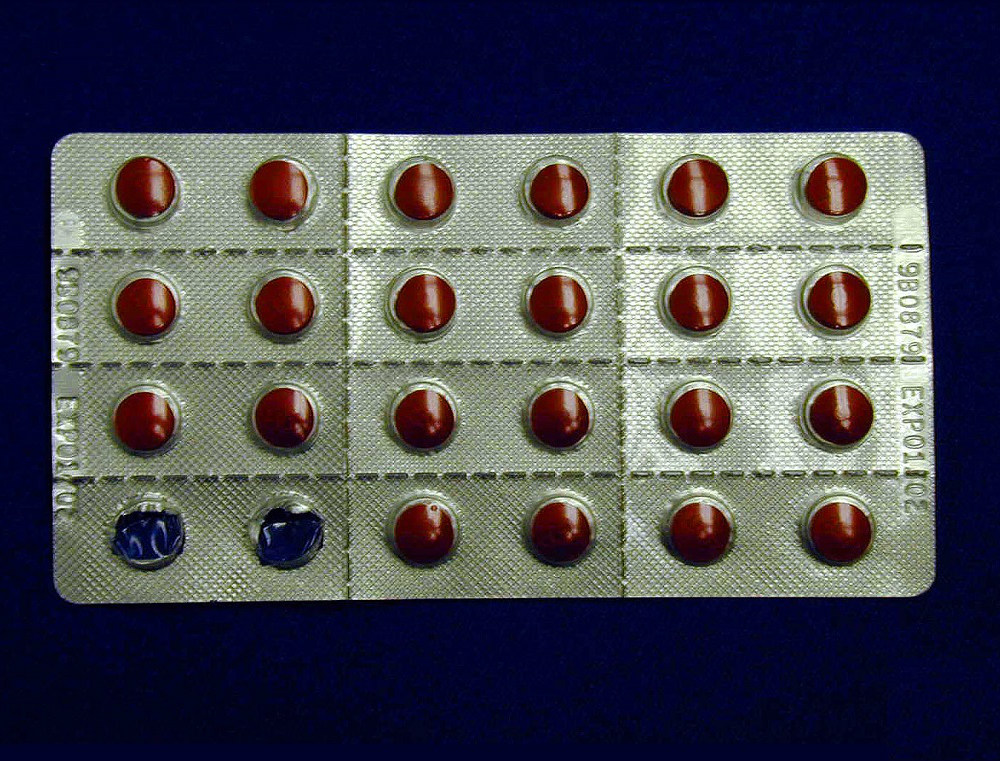
Pseudoephedrine
Used to treat congestion associated with allergies, hay fever, sinus irritation, and the common cold. Pseudoephedrine is also a key ingredient in the production of the illicit drug methamphetamine.
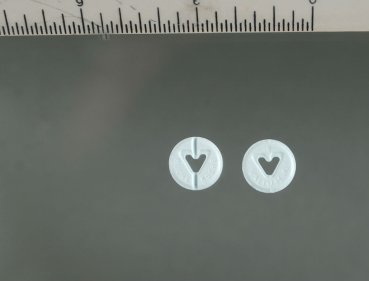
Prescription Sedatives & Tranquilizers
These drugs slow normal brain function, which may result in slurred speech, shallow breathing, sluggishness, fatigue, disorientation and lack of coordination.
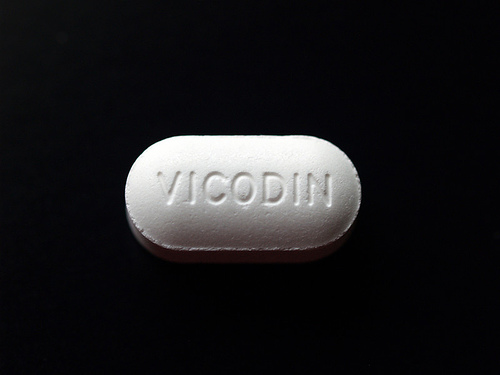
Prescription Pain Relievers (Opioids)
Opioids are powerful drugs with a high risk for dependency. Taken in high doses, and/or with other substances can result in respiratory distress and death.
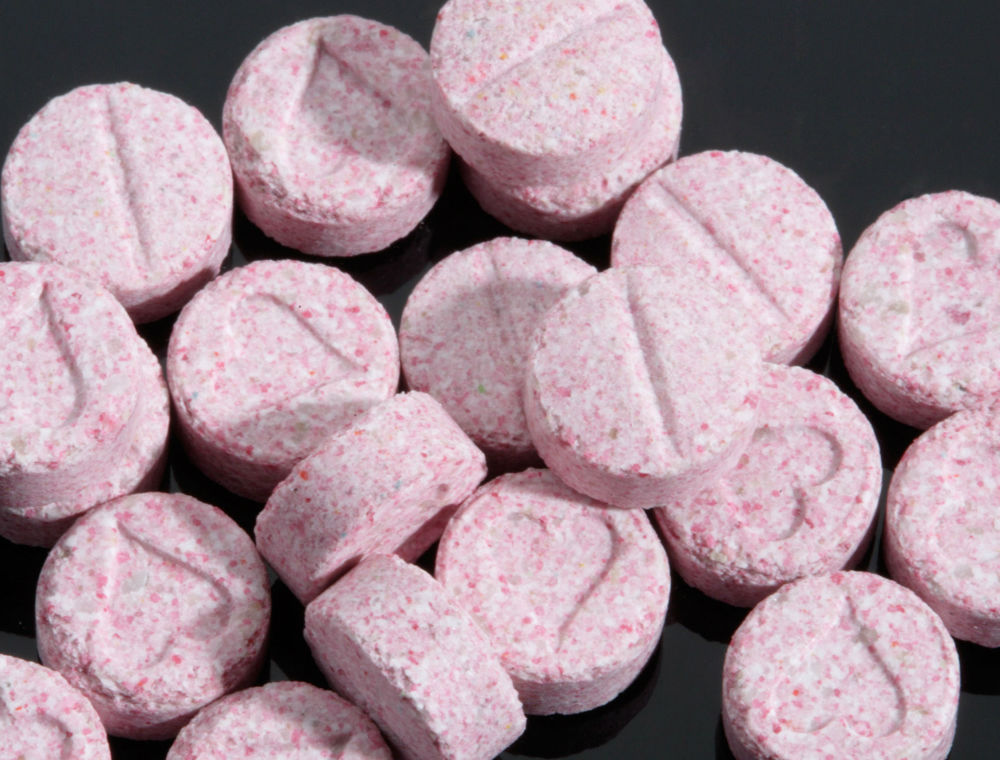
PMA
PMA, or paramethoxyamphetamine, is a synthetic hallucinogen often sold as Ecstasy.
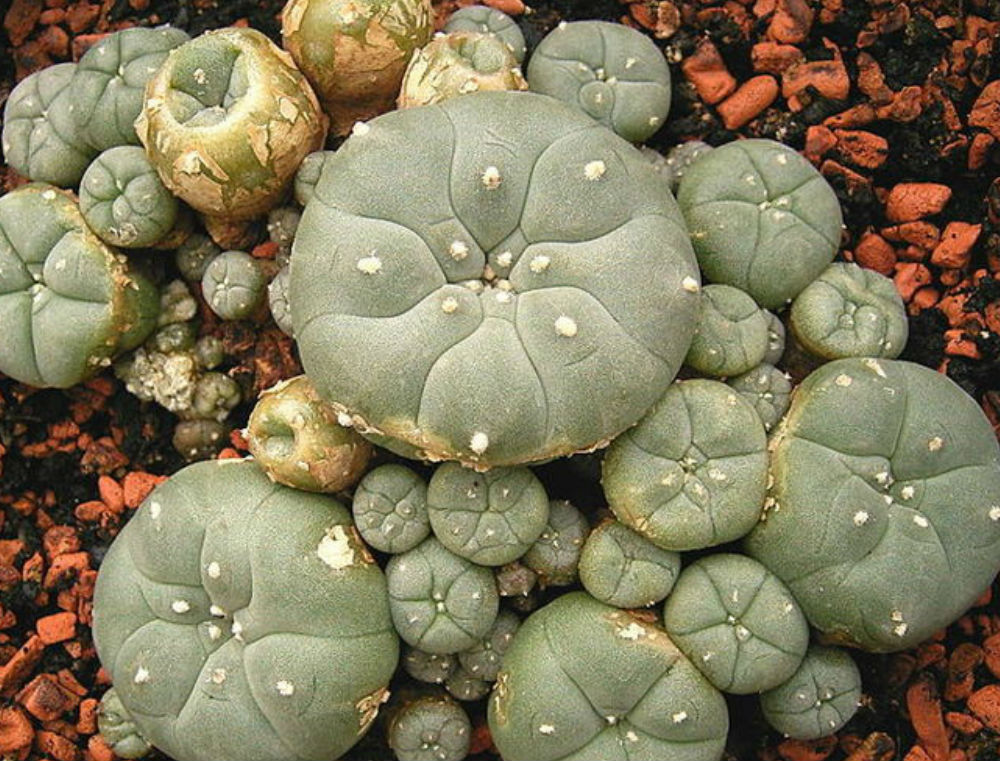
Peyote (Mescaline)
Peyote is a small, spineless cactus, Lophophora williamsii, whose principal active ingredient is the hallucinogen mescaline.
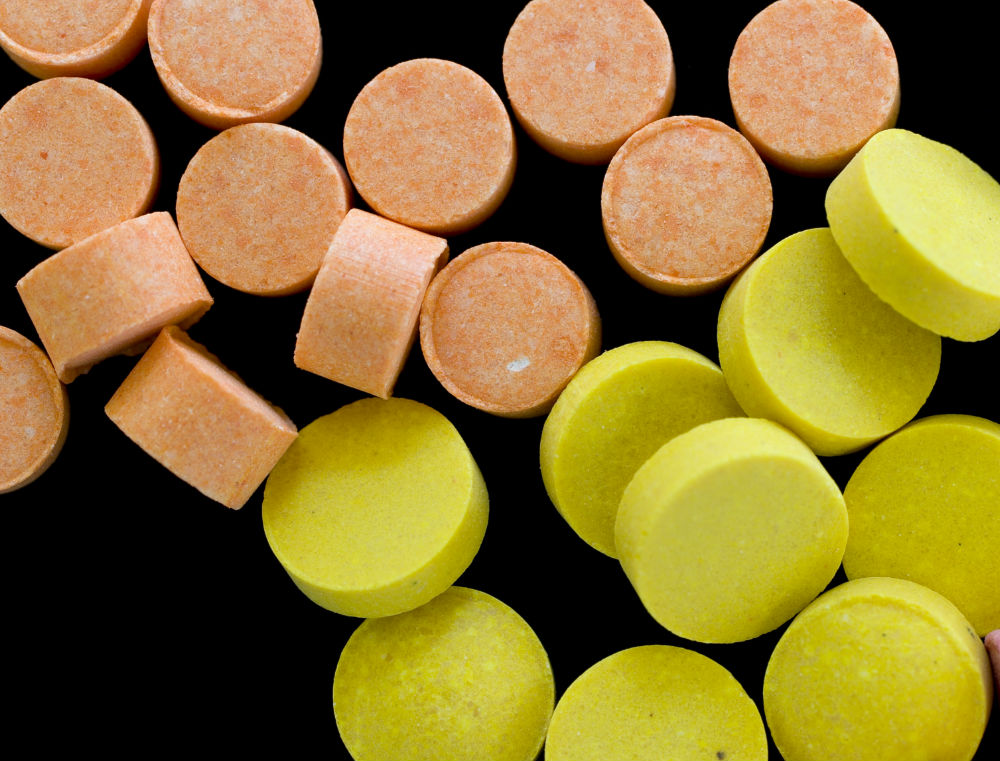
PCP (Phencyclidine)
PCP, or phencyclidine, is a “dissociative” anesthetic. People using PCP experience a feeling of being “out of body” and detached from their environment.
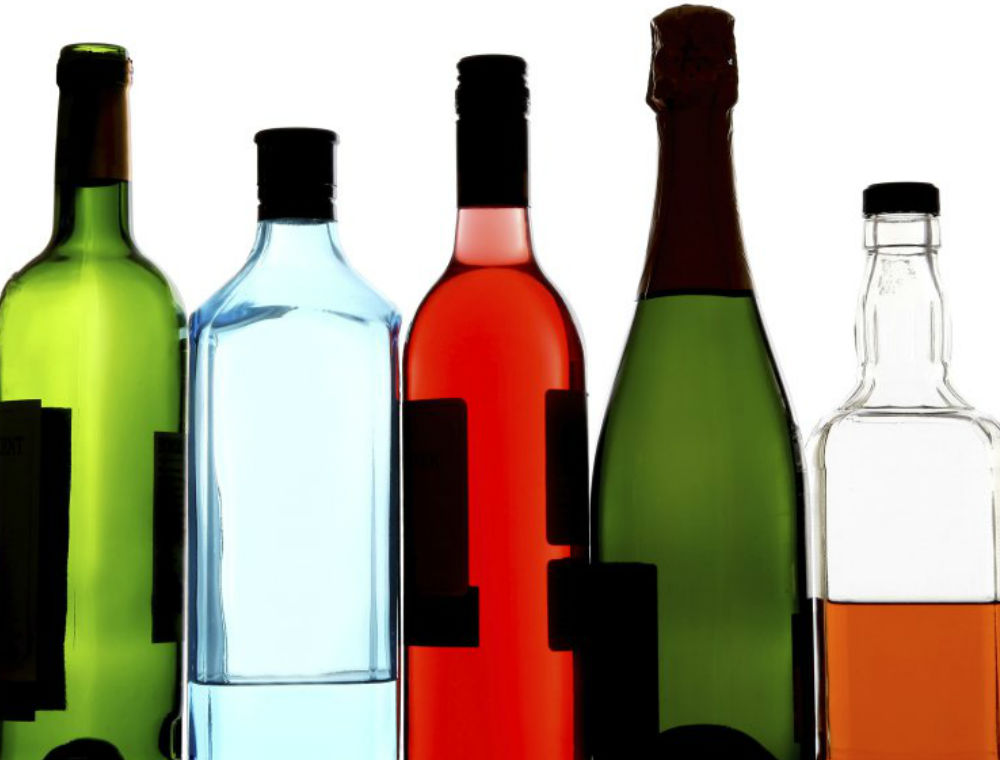
Alcohol
Millions of Americans have an alcohol use disorder. Learn how to prevent underage drinking and get your child help if needed.
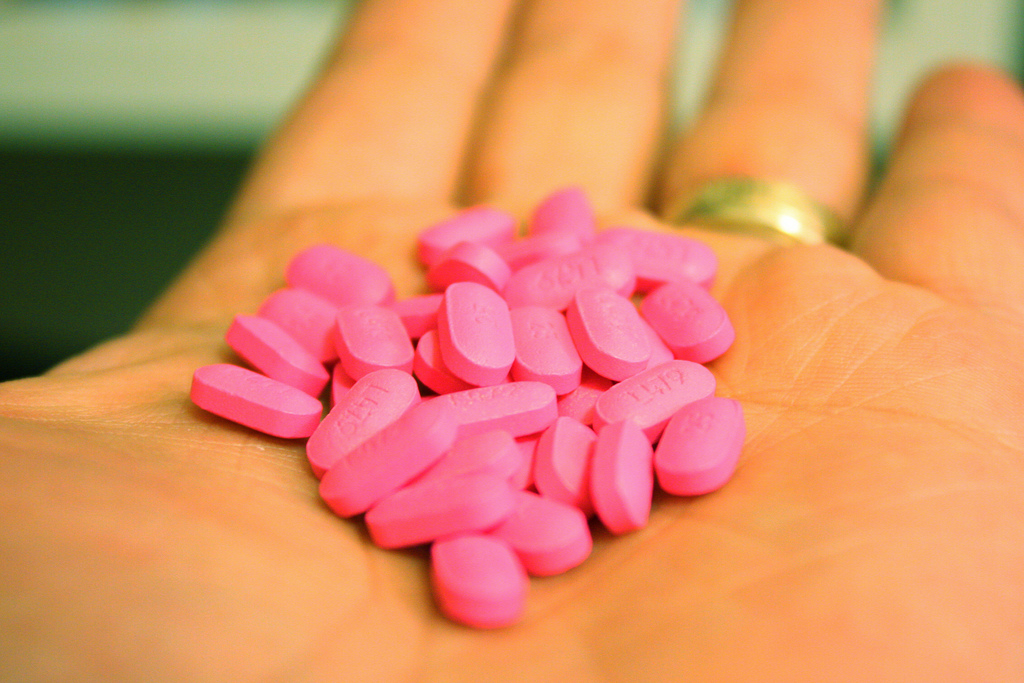
Diphenhydramine (DPH)
An over-the-counter antihistamine used to treat allergy symptoms, the common cold, insomnia and motion sickness. In response to a “Benadryl challenge” circulating online, the FDA issued a warning that taking more than recommended can lead to serious health effects, including coma or even death.

